Introduction
MultiWeave is a textile technique for creating three-dimensional
woven structures using only warp and weft yarns. Inspired by 3D printing
and additive manufacturing, it allows for the construction of layered,
net-like, and sculptural forms through the use of temporary warp
supports. The MultiWeave technique, introduced in 2016 and
further developed through research projects
hackathons, and collaborative workshops, continues to evolve in
unexpected and inspiring directions . This paper outlines several new
developments in MultiWeave since its presentation at the Algorithmic
Pattern Salon in 2023. These advancements highlight how
weavers and designers are increasingly combining material innovation,
computational logic, and performative exploration to extend the
expressive and structural capabilities of the method. At Pallas
University of Applied Sciences, MultiWeave has become both a research
method and a practical tool for textile creation. The process emphasizes
interdisciplinary collaboration, peer learning, and DIY toolmaking,
fostering a community of experimentation. Examples from artists,
students, and designers across Europe illustrate how MultiWeave is
applied in artworks, garments, geotextiles, and furniture. By supporting
modular and open-ended construction, MultiWeave bridges technology,
craft, and sustainability—marking it as a contribution to contemporary
textile practice.
The basic idea of MultiWeaving is shown in Figures 1-3.
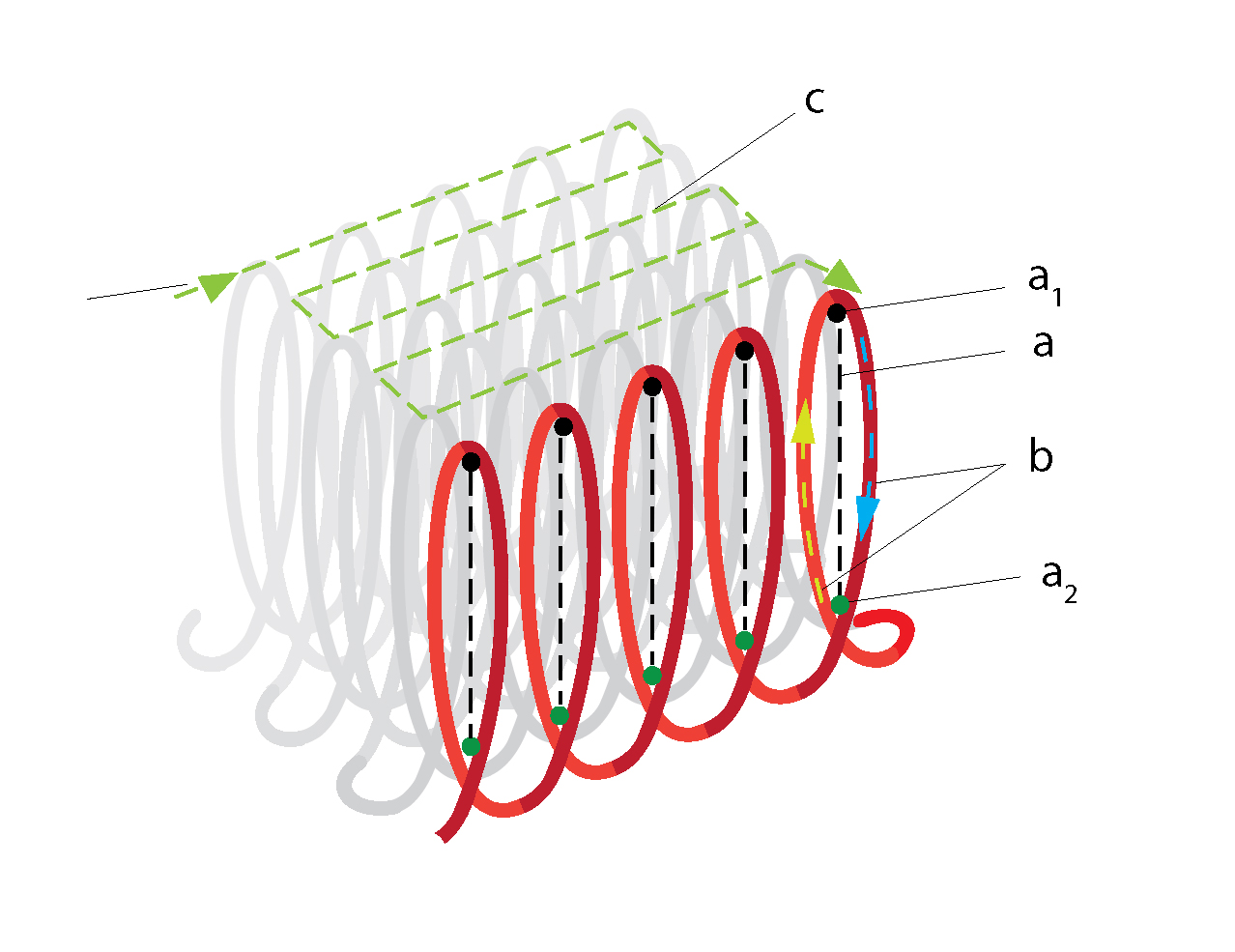 Figure 1: Step-by-step creation of a warp loop field. (a) Vertical
support element; (a1) and (a2) indicate the upper and lower turning
points of the warp thread around the support; (b) shows the direction in
which the warp yarn is applied across the row. Drawing by Kadi
Pajupuu.
Figure 1: Step-by-step creation of a warp loop field. (a) Vertical
support element; (a1) and (a2) indicate the upper and lower turning
points of the warp thread around the support; (b) shows the direction in
which the warp yarn is applied across the row. Drawing by Kadi
Pajupuu.
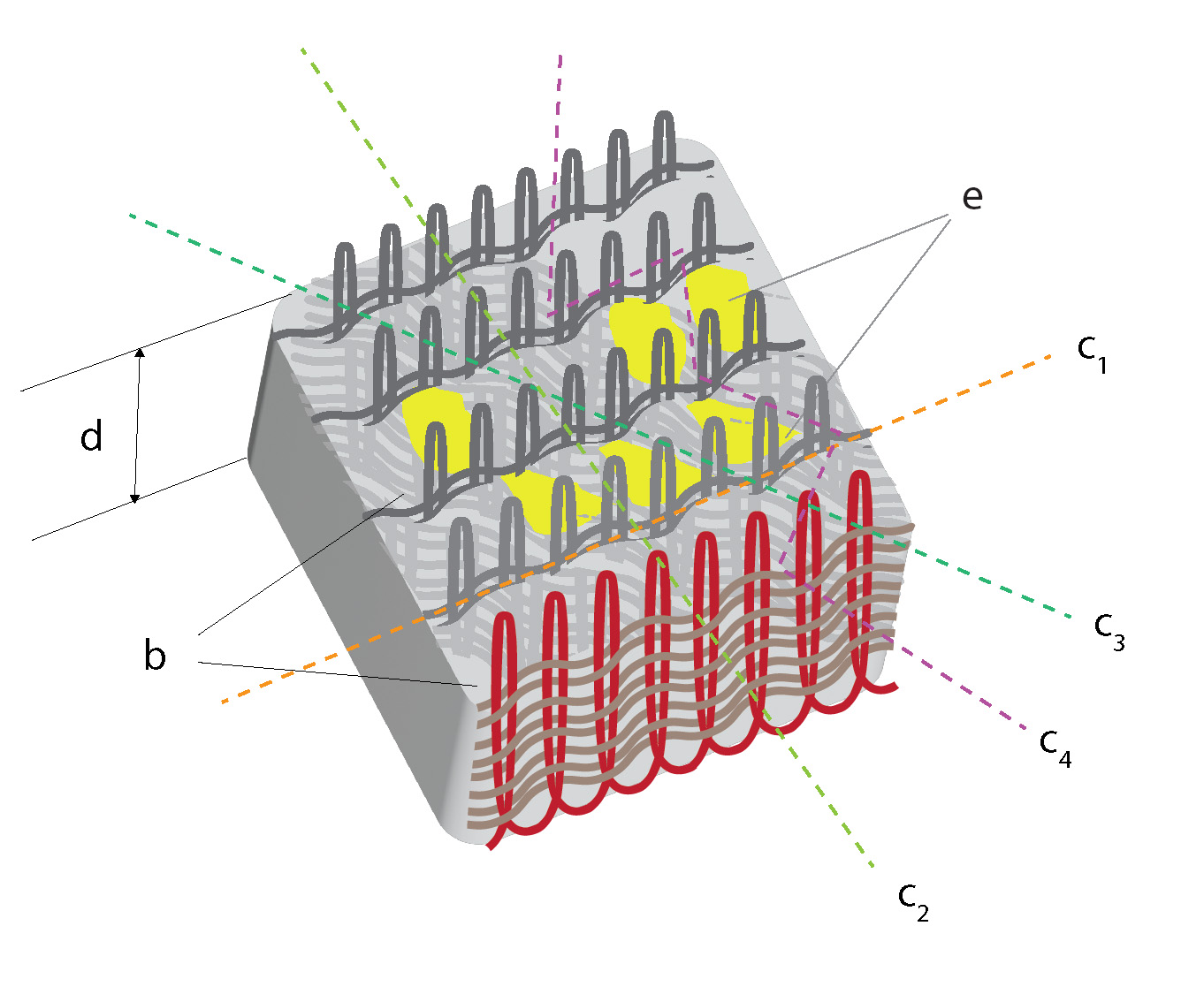 Figure 2: Diagram of weft path variations around and between warp
loops: (b) placement between warp rows; (c1) following the warp row
alignment; (c2) crossing rows; (c3) diagonal paths; (c4) zigzag
movement. The material’s thickness (d) is defined by the warp height and
number of weft layers. Weft positioning can also create vertical voids
or enclosed spaces within the structure. Drawing by Kadi
Pajupuu.
Figure 2: Diagram of weft path variations around and between warp
loops: (b) placement between warp rows; (c1) following the warp row
alignment; (c2) crossing rows; (c3) diagonal paths; (c4) zigzag
movement. The material’s thickness (d) is defined by the warp height and
number of weft layers. Weft positioning can also create vertical voids
or enclosed spaces within the structure. Drawing by Kadi
Pajupuu.
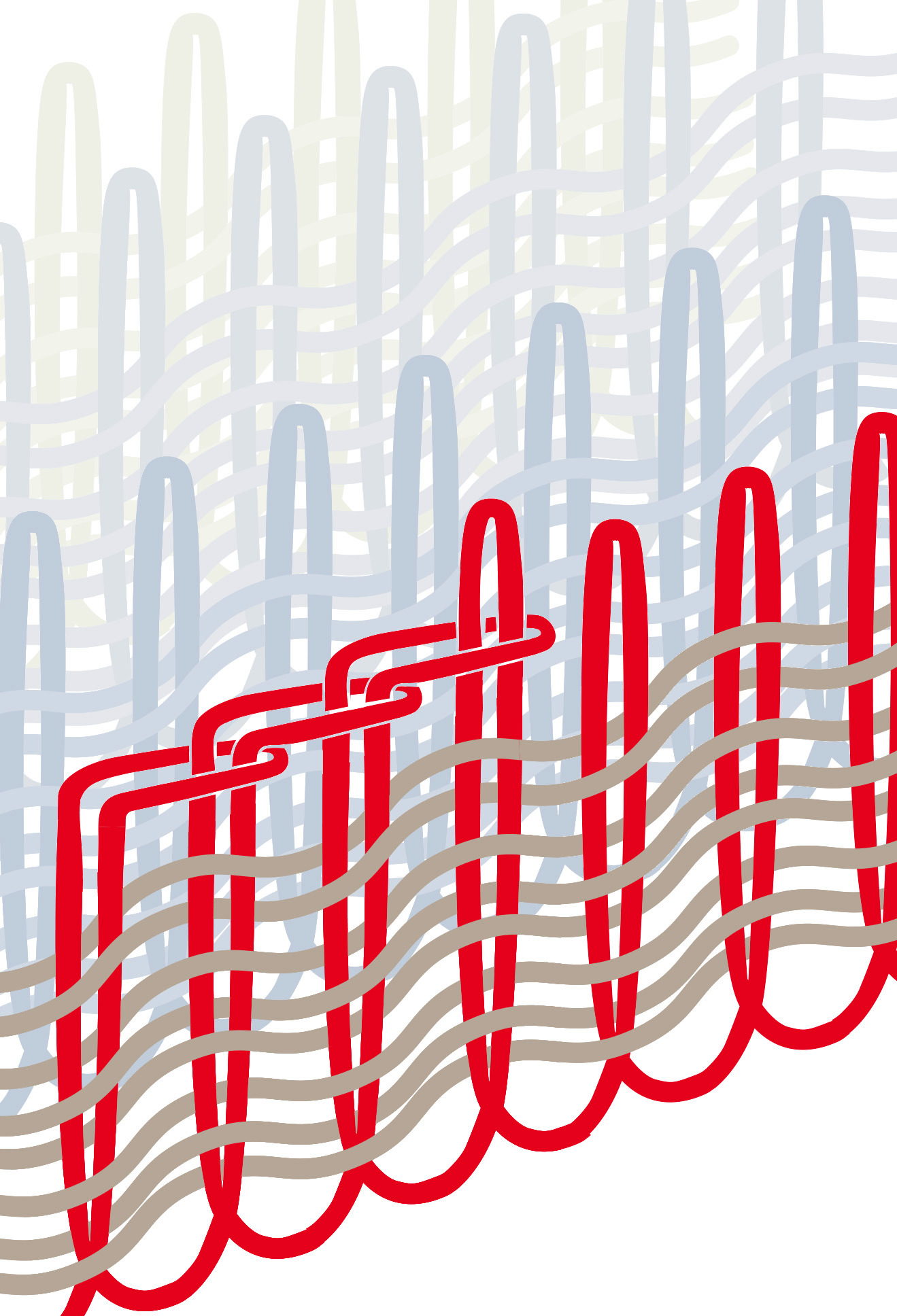
Figure 3: Final step: connecting the upper ends of warp loops to
adjacent loops to stabilize the structure. Drawing by Kadi
Pajupuu.
1. Algorithmic Sequences: Knight’s Tour in
MultiWeaving
One recent area of inquiry has been the integration of the Knight’s
Tour algorithm into the MultiWeave process. The Knight’s Tour, a classic
problem in combinatorial mathematics, describes a path that a knight
takes on a chessboard, visiting each square only once. For
our exhibition (in cooperation with Marilyn Piirsalu) in 2020 “Knight’s
Tour” at HOP Gallery, I used this principle as a basis
for determining the sequence of guiding the weft thread in a 5x5 warp
matrix. The accompanying video visualized this path through painted
horse figures leaping across the grid, each representing a warp
connection point (Figure 4, 5). This experiment opened new avenues for
algorithmically generated weaving patterns that are both aesthetic and
structurally meaningful.
{%vimeo 399983276%}
Figure 4: Knight’s Tour on a 5×5 Grid. Video created for the
exhibition Ratsurada (Knight’s Tour) by Marilyn Piirsalu and Kadi
Pajupuu, HOP Gallery, Tallinn, 2020.
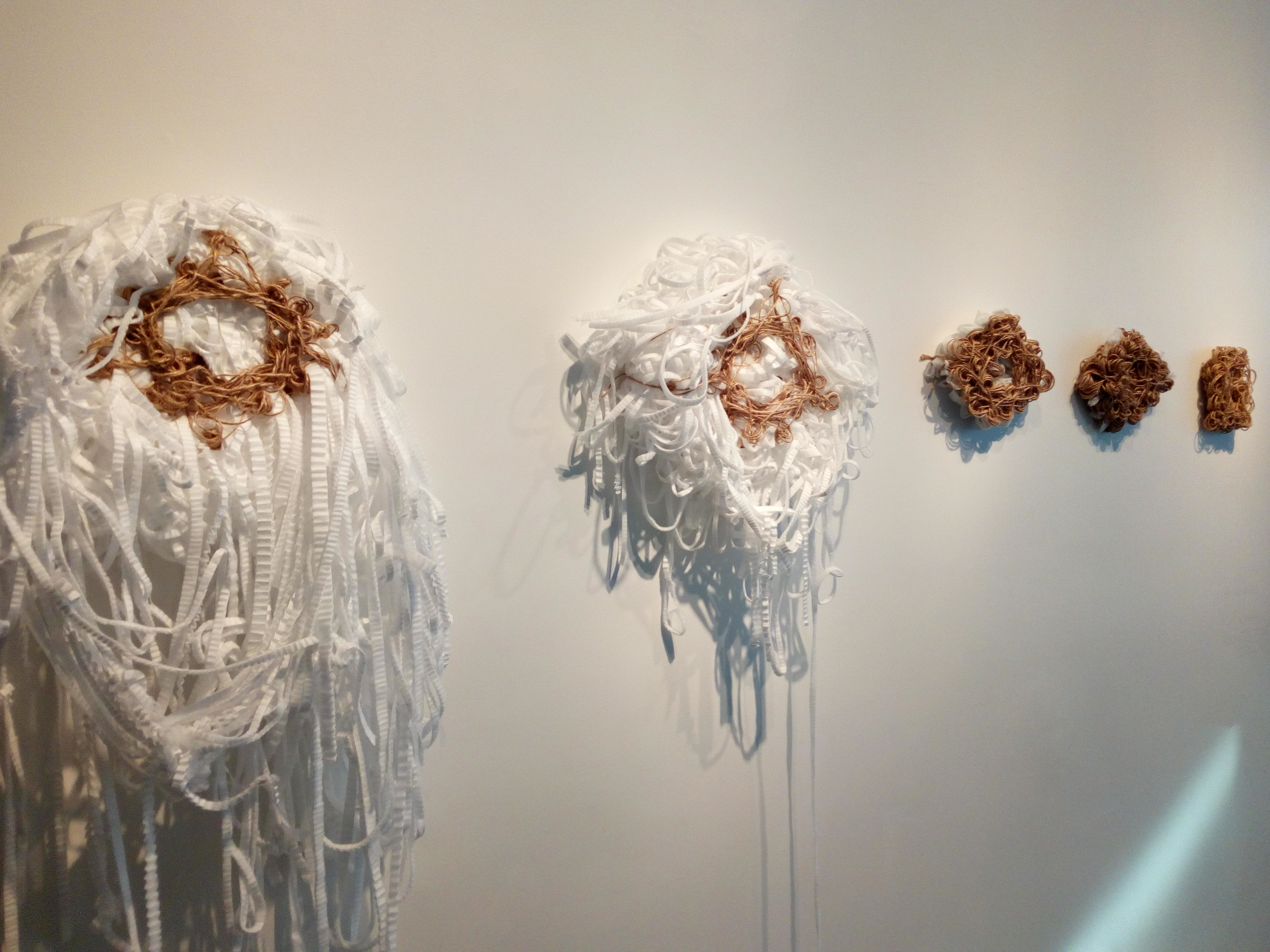
Figure 5: Segment of the installation in which the paper yarn
structure follows the path of a Knight’s Tour sequence. Kadi Pajupuu,
Ratsurada (Knight’s Tour), HOP Gallery, Tallinn, 2020.
2. Dynamic Positioning: Angled Warp Rows
While warp loops in MultiWeave are usually formed in straight rows,
recent experimentation with the construction of the warp support base
has introduced greater flexibility. By cutting stripes from fluted
polypropylene sheets and inserting bamboo barbecue sticks into the
flutes, the supports can be mounted at varying angles. This allows
weavers to construct dynamic three-dimensional structures where the
orientation of each row is determined after the loops are formed. This
real-time structural decision-making enhances the tactile and sculptural
potential of the method, especially in art and design applications (see
Figure 6).
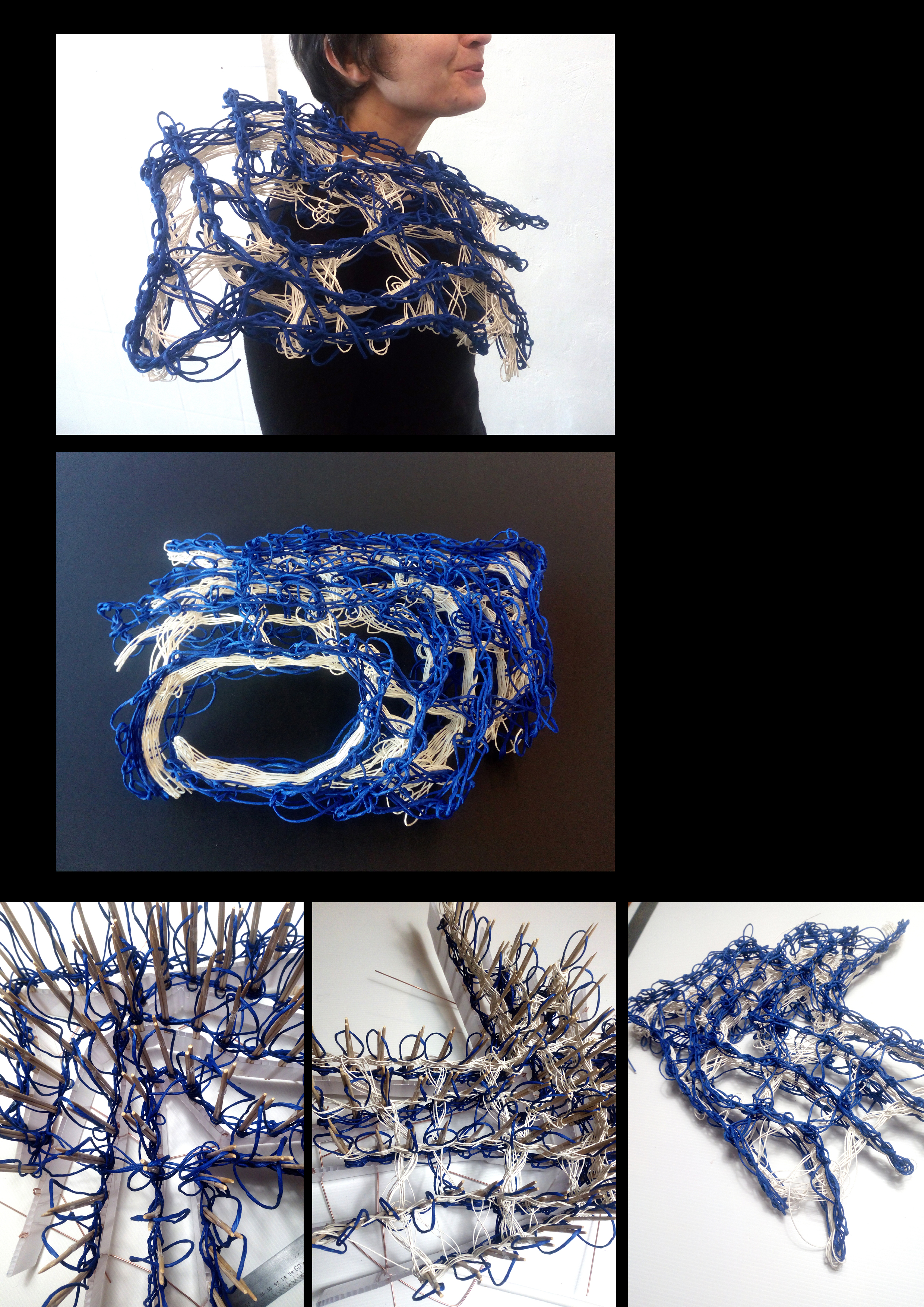
Figure 6: MultiWeave warp rows arranged in a non-parallel
configuration and fixed at various angles using a flexible support
structure. Material used for both warp and weft: paper yarn. Kadi
Pajupuu, 2024.
3. Weaving with Multiple Weft Ends
To address the time-intensive nature of manually guiding weft through
complex warp configurations, students at Pallas University of Applied
Sciences developed a technique for weaving with multiple weft ends
simultaneously. This method, documented in a student-made video, shows
how collaborative handling of weft threads can both accelerate
production and introduce aesthetic variations. It suggests possibilities
for scaling up MultiWeave in performance, educational, or small-scale
industrial contexts. (Figure 7, Figure 8-11)
{%vimeo 1091874640%}
Figure 7: MultiWeave performance by Sigre Kodasma, Liisi Tasso,
Hanna Maria Org, Christina Kasesalu. Video by Grete Käärma.
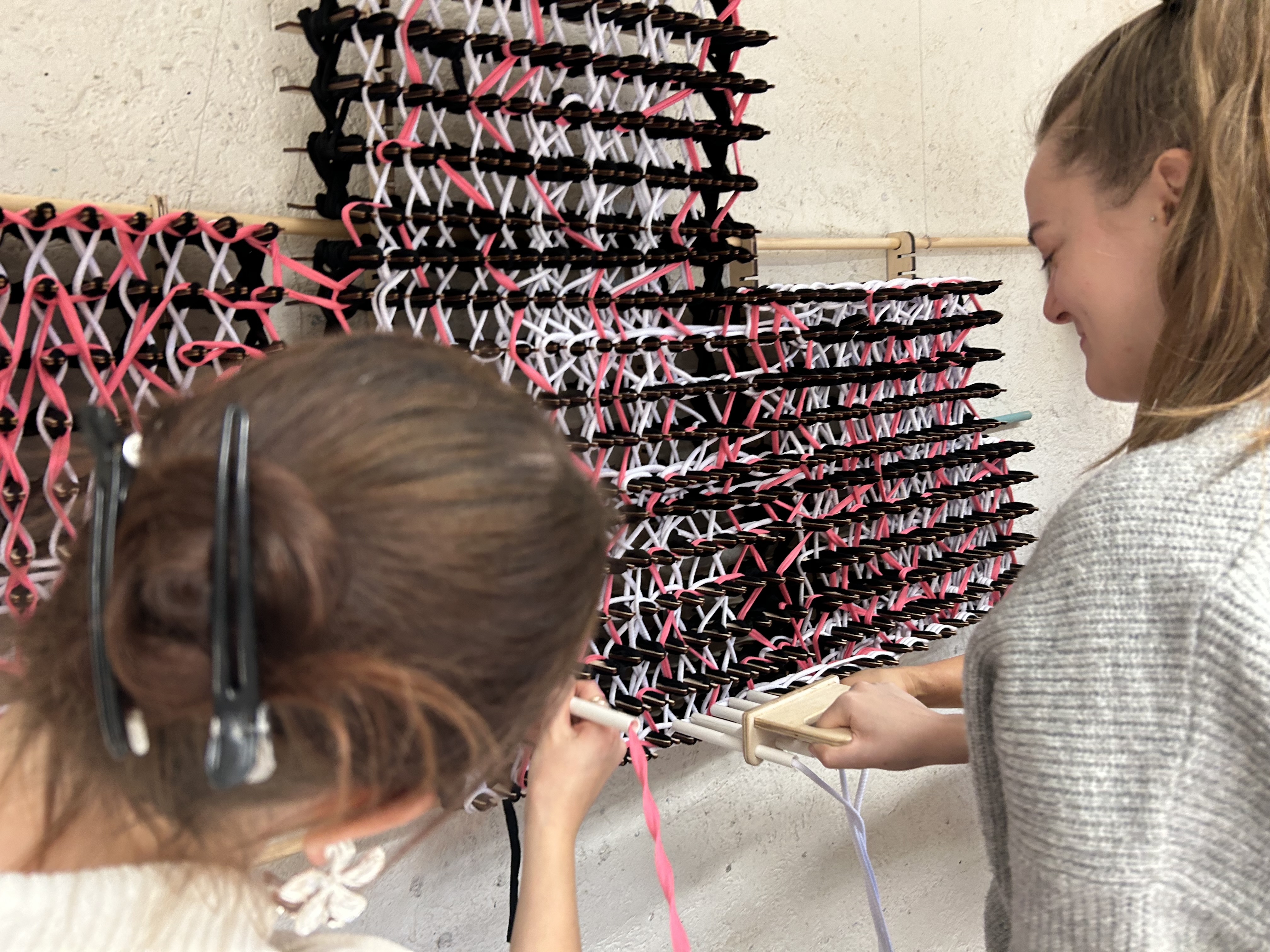
Figure 8: MultiWeave performance by Sigre Kodasma, Liisi Tasso,
Hanna Maria Org, Christina Kasesalu. Photo by Grete Käärma.
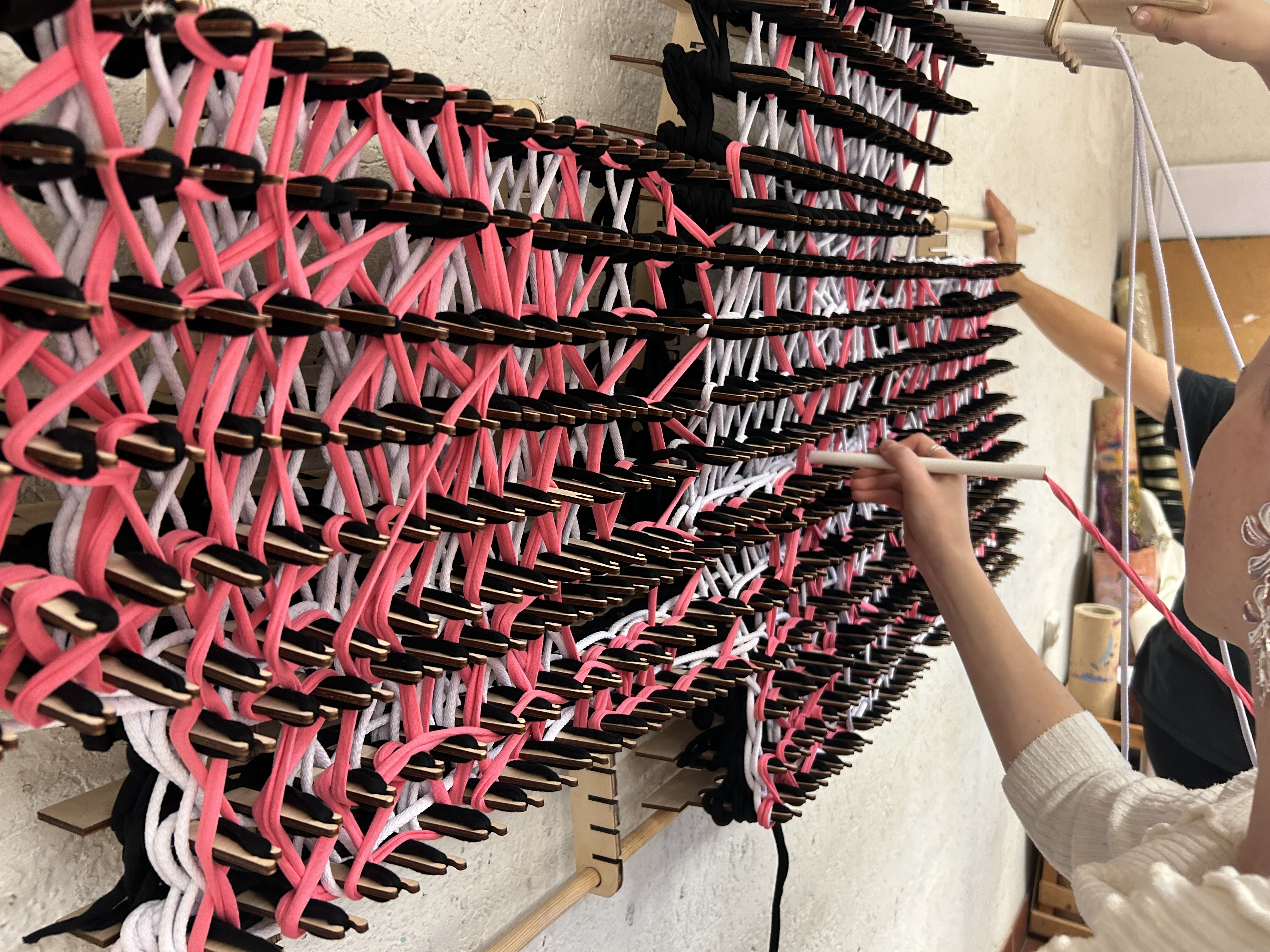
Figure 9: MultiWeave performance by Sigre Kodasma, Liisi Tasso,
Hanna Maria Org, Christina Kasesalu. Photo by Grete Käärma.
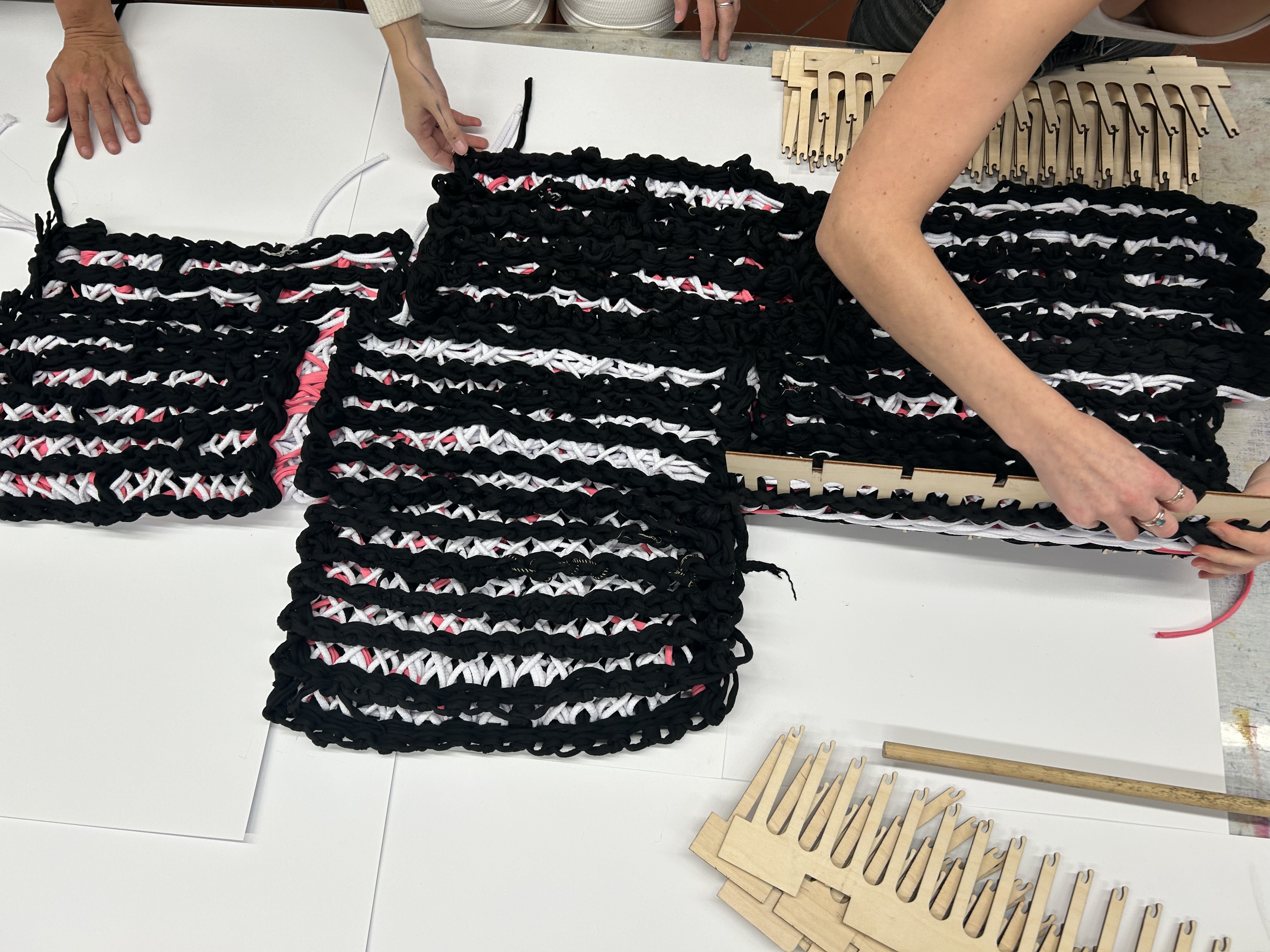
Figure 10: Removing the warp supports. Photo by Grete
Käärma.
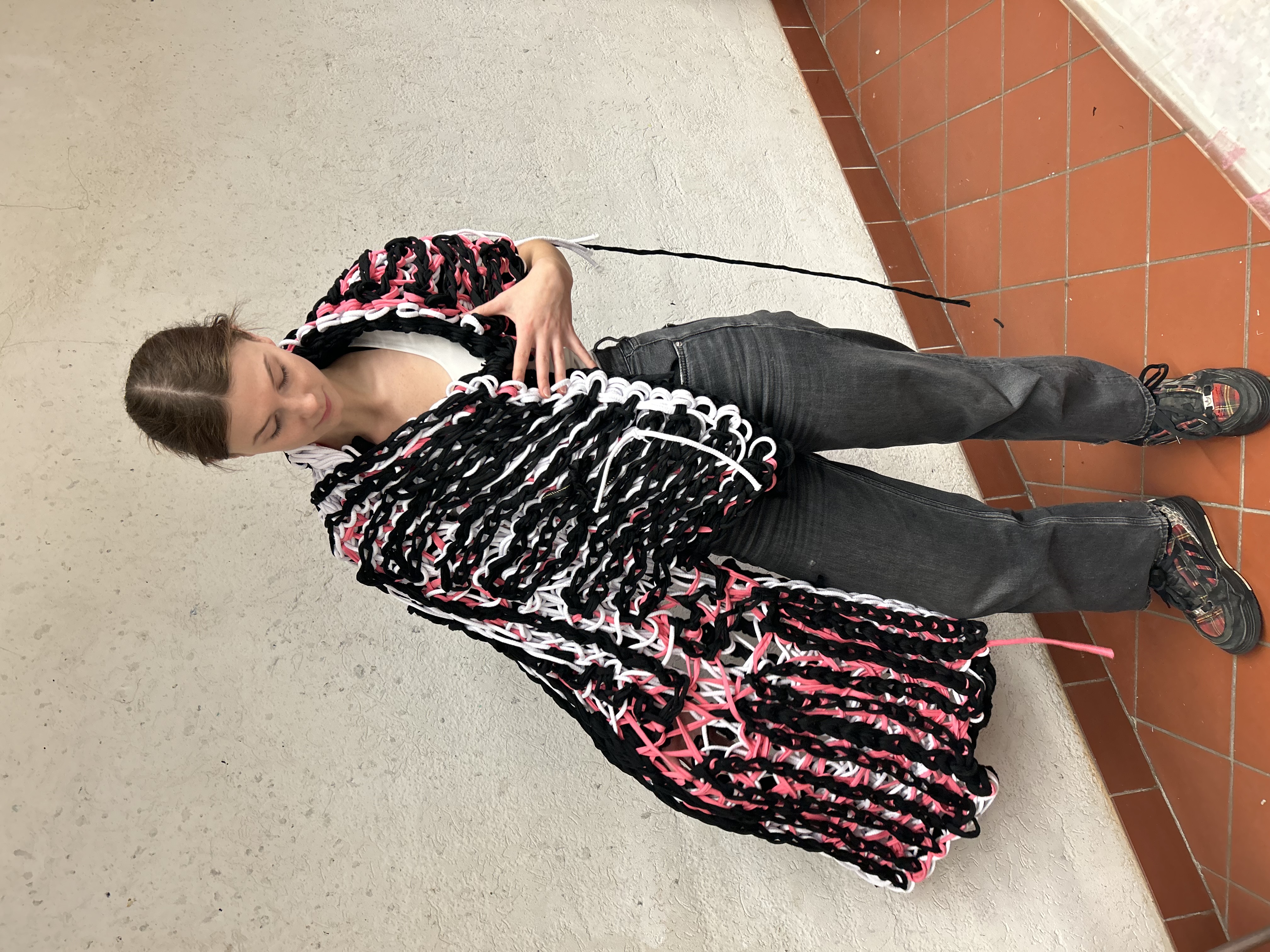
Figure 11: Christina Kasesalu testing how wearable this structure
is. Photo by Grete Käärma.
4. Functional Applications: Svea Tisell and Furniture
Design
Swedish designer Svea Tisell has brought MultiWeave into the realm of
functional object-making. Her furniture line, showcased under the brand
Kryss, uses reclaimed climbing rope to create self-supporting structures
without frames. Through careful tensioning and the inherent strength of
the MultiWeave geometry, the furniture adapts subtly to weight and
pressure. These works highlight sustainability, mono-materiality, and
modularity, pointing to MultiWeave’s potential in environmentally
conscious design. A video from Tisell’s studio demonstrates her process
(Figure 12) and the adaptability of her pieces in real-world use.
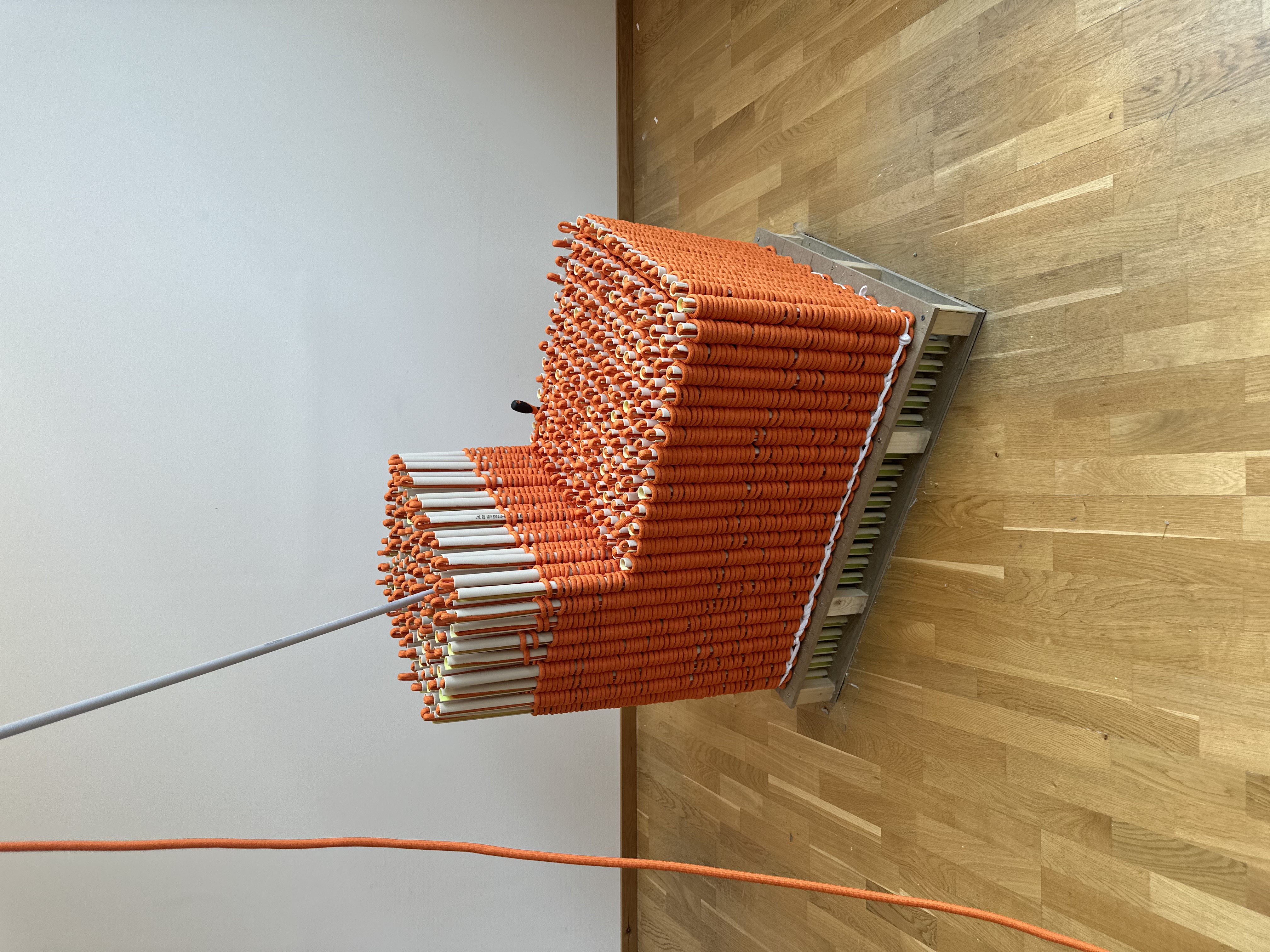
Figure 12: Svea Tisell. MultiWeaving the chair.
5. Performance and Tool Enlargement: Mirjam Hemström
Farsi
Artist Mirjam Hemström Farsi has scaled up the MultiWeave tool to
architectural proportions, using it in performative installations where
the act of weaving becomes a public event. In her gallery exhibitions,
she constructs the fabric in real time, building both tension and
audience engagement. This performative use of MultiWeave transforms it
into a live medium for storytelling and spatial interaction. (Figures
13-15)
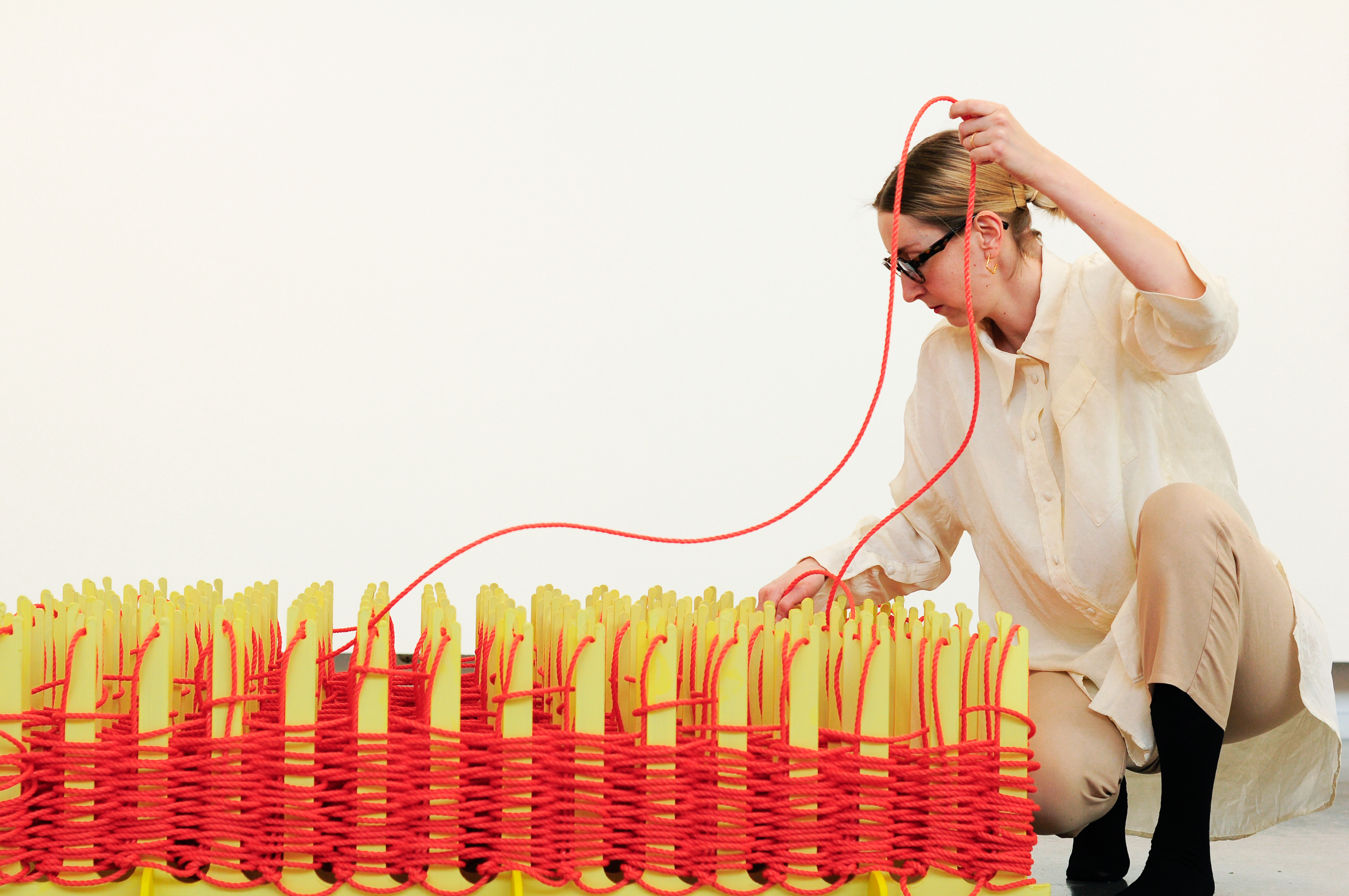
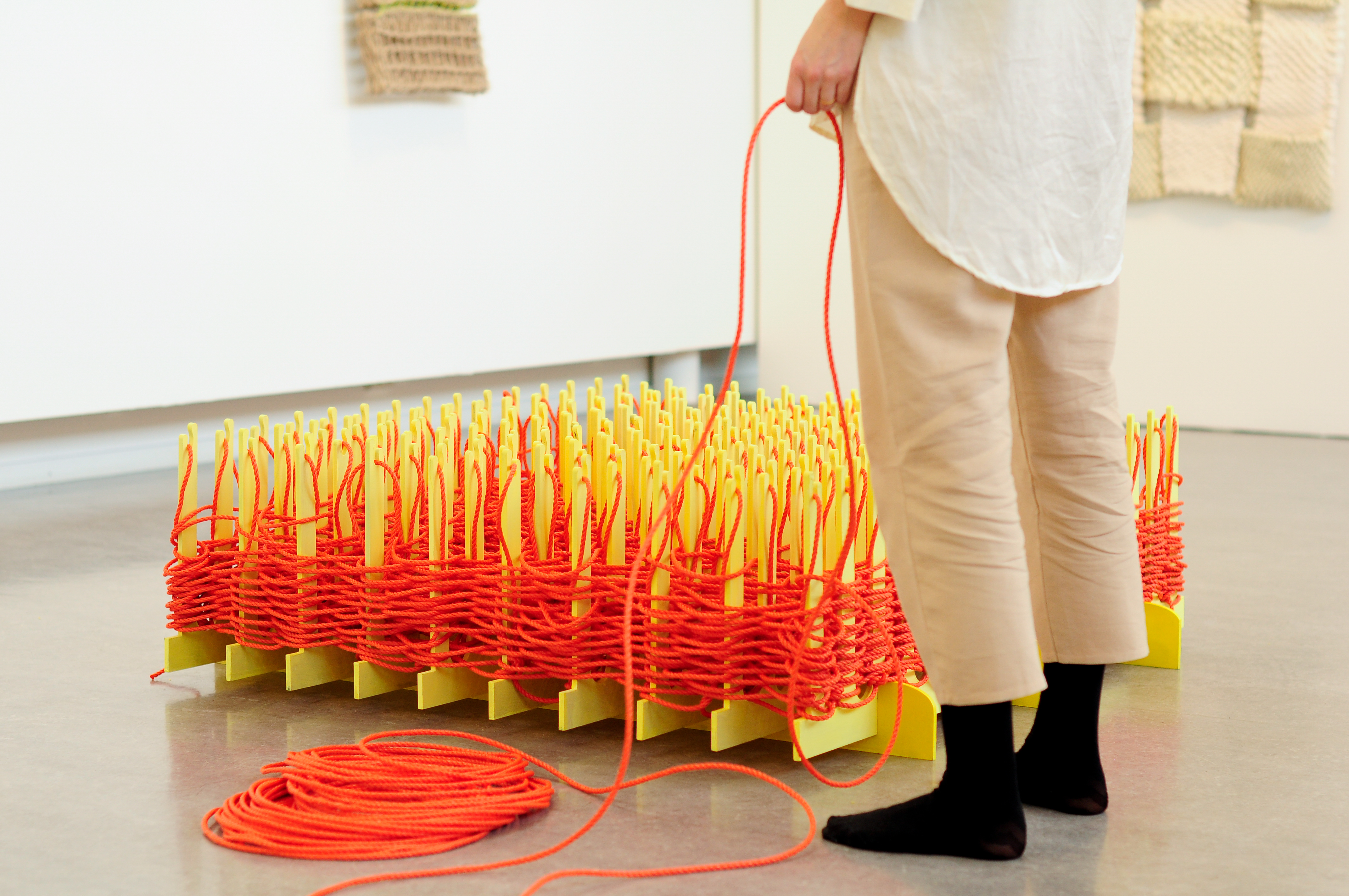
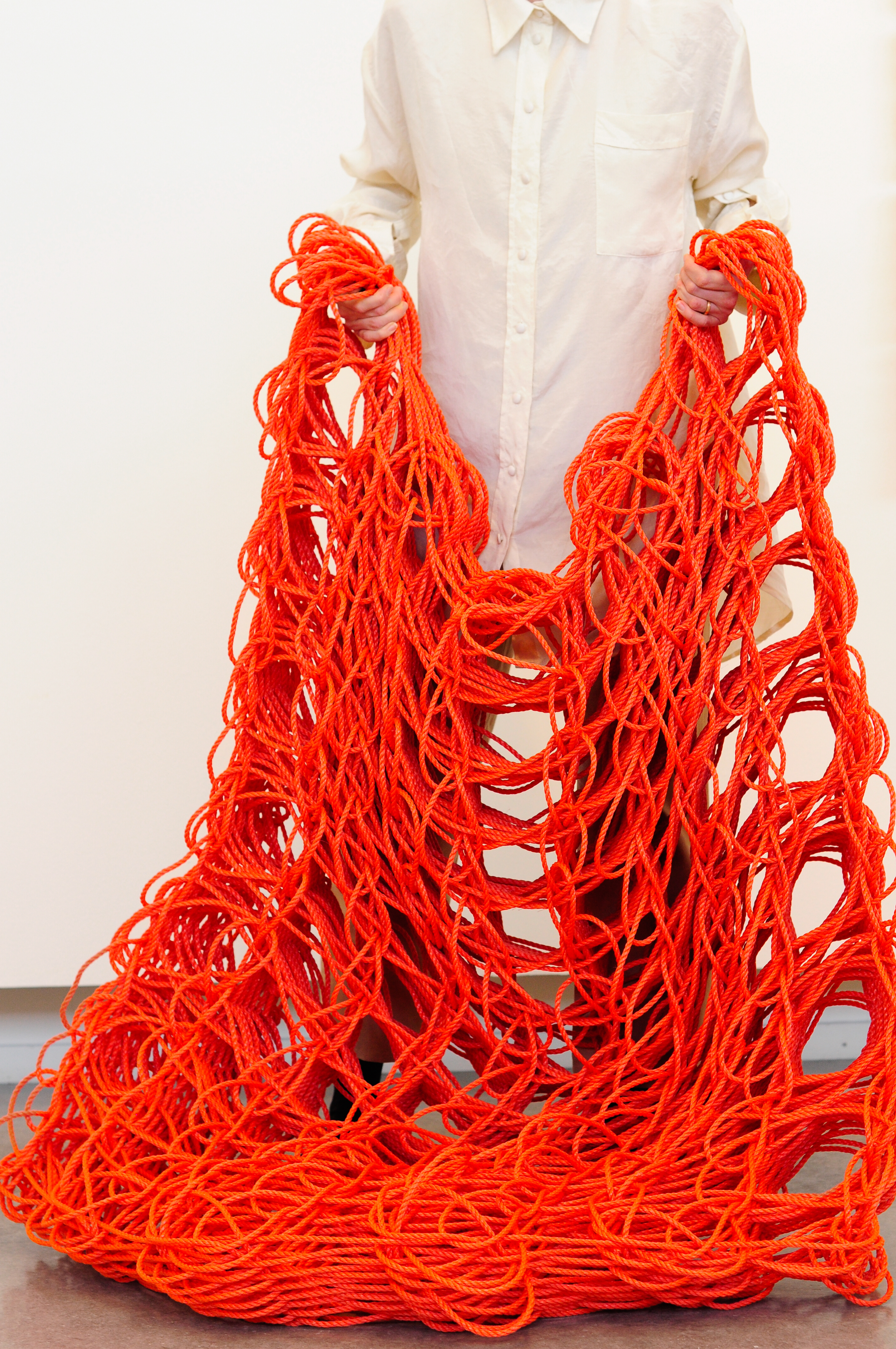
Figure 13-15: Mirjam Hemström Farsi at Tyresö konsthall, March,
2025. Photos by Linda Wardal.
6. Combining MultiWeave with Recycled Garments
During the 2024 Structure and Material course at Pallas UAS, textile
students explored the potential of combining MultiWeave with secondhand
garments. The results demonstrated how the technique can be used to
re-contextualize waste textiles by integrating them into structured
forms. These experiments produced hybrid pieces that blur the boundary
between garment, sculpture, and surface design (Figures 16-23).
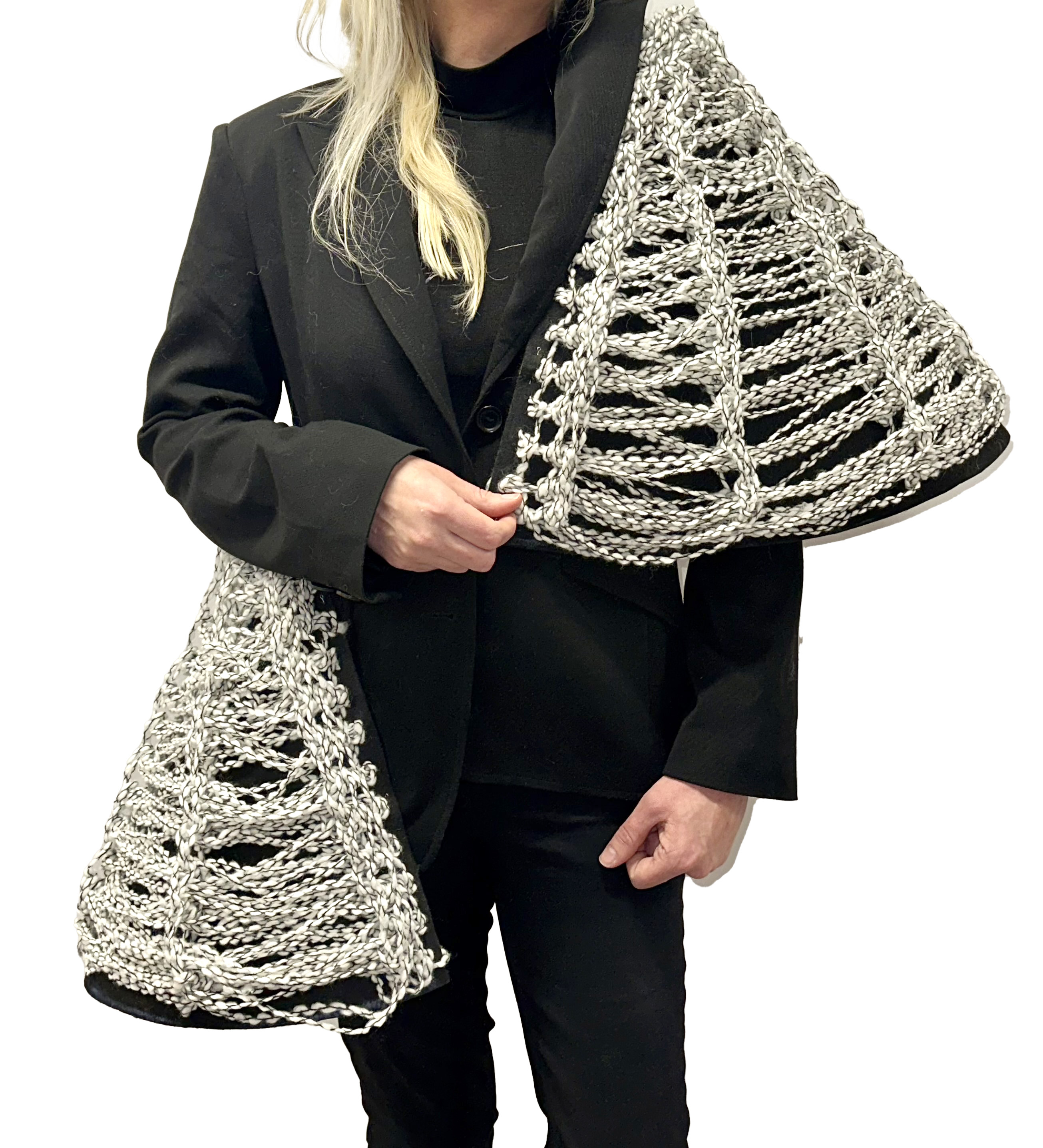
Figure 16: Anželika Botšarova. MultiWeave structure integrated
into a secondhand garment. (Pallas UAS, 2025)
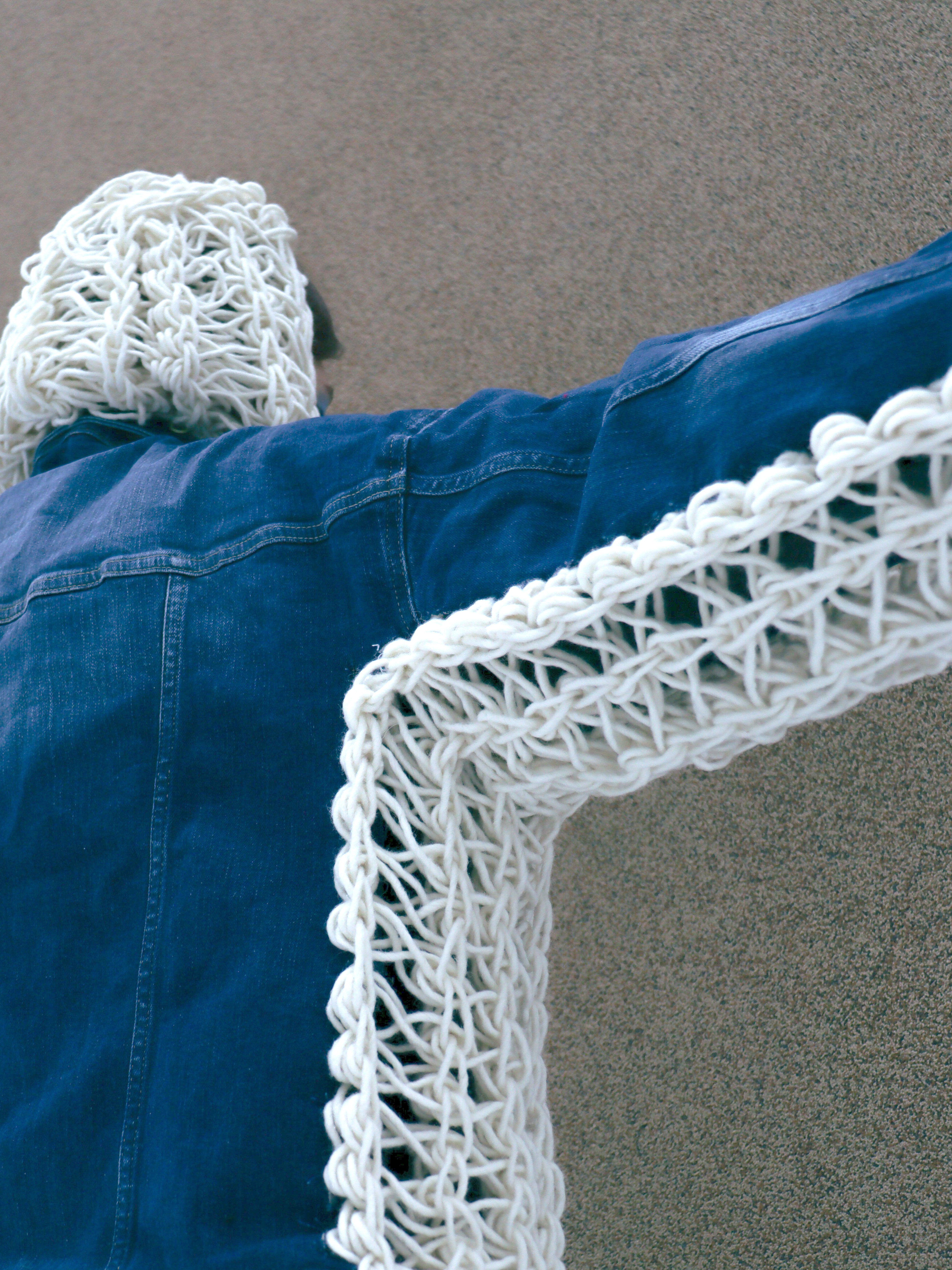
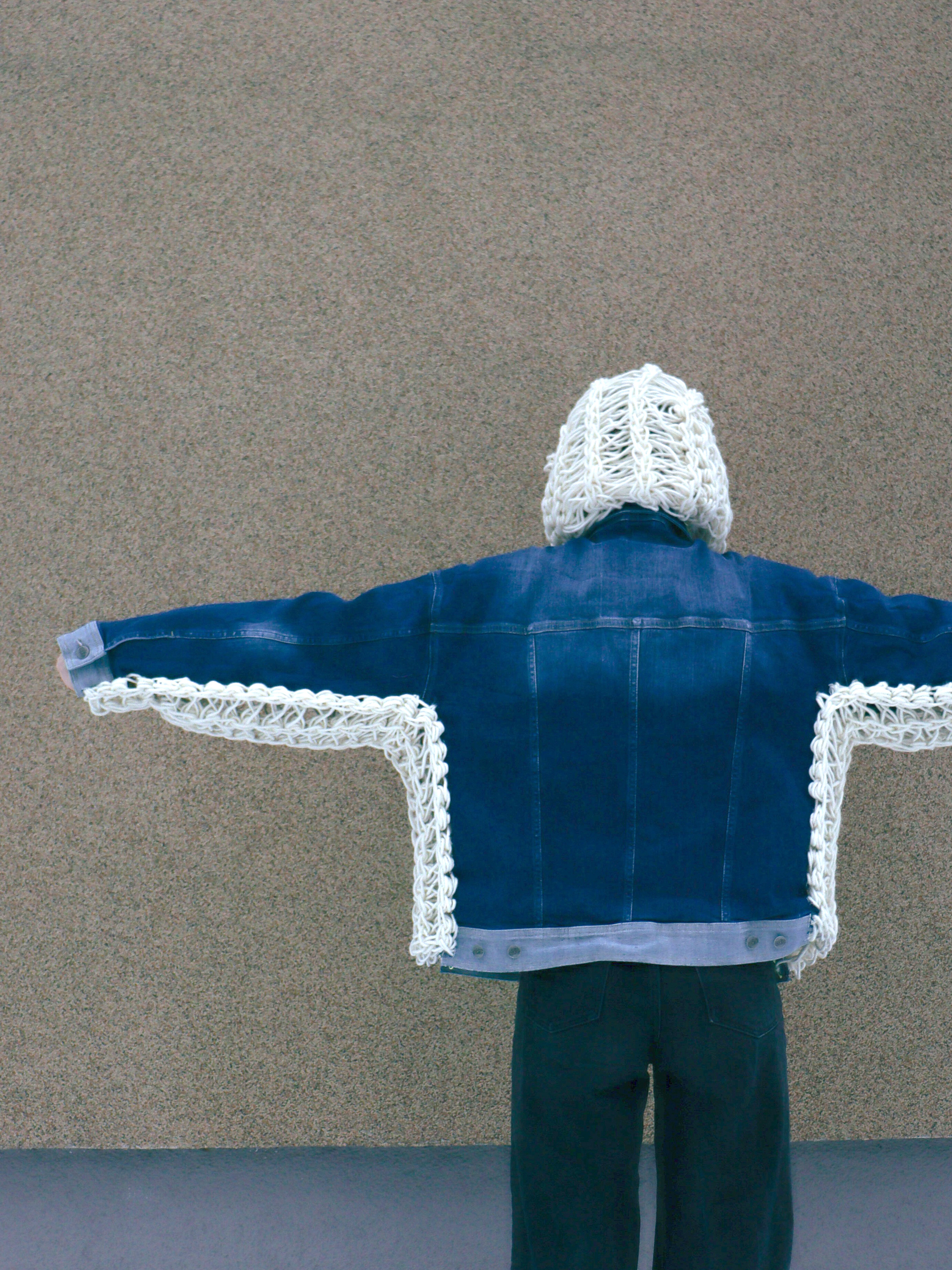
Figure 17-18: Gabriela Eva Eero. (Pallas UAS, 2025)
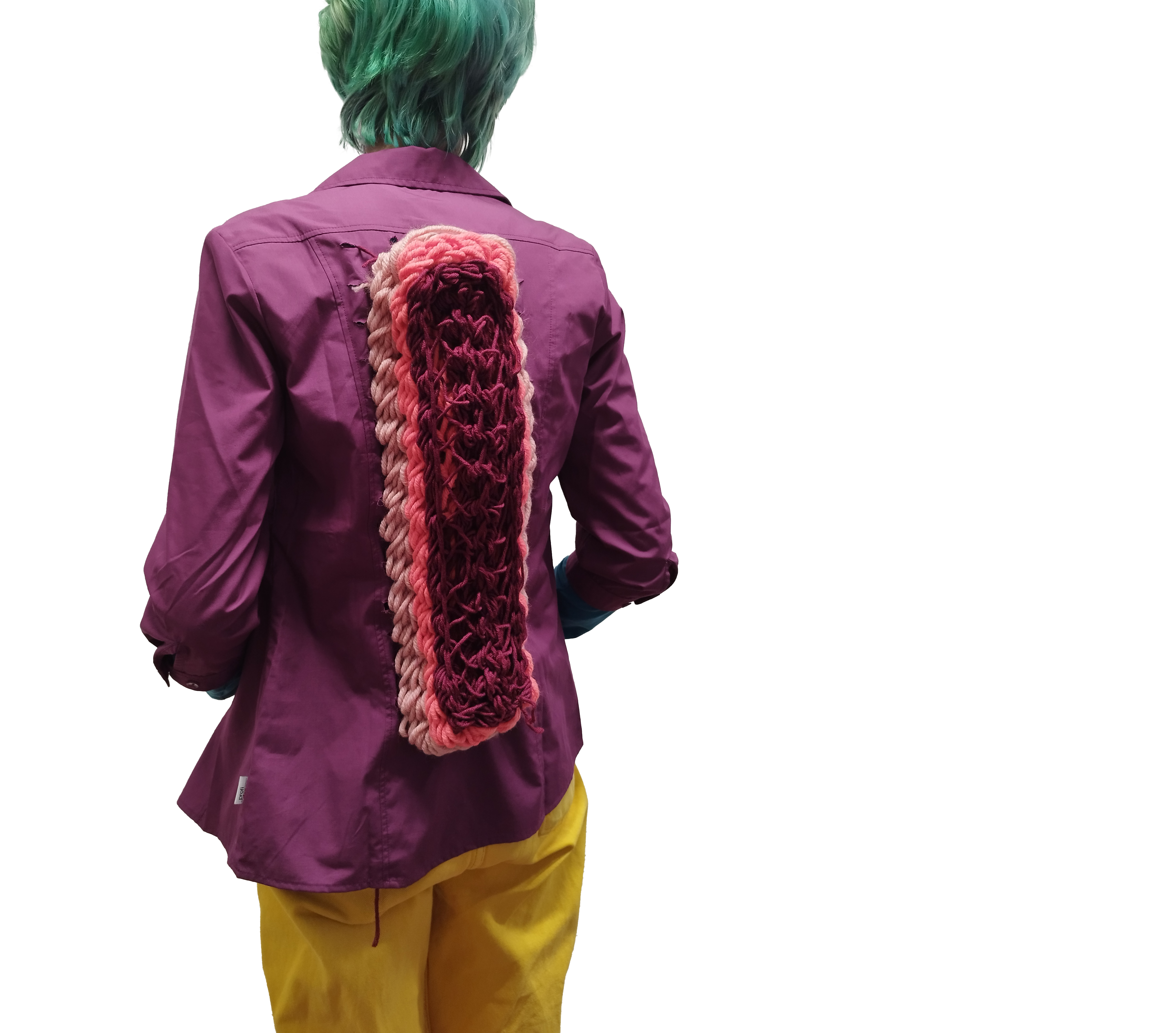
Figure 19: Janeli Liivak. (Pallas UAS, 2024)
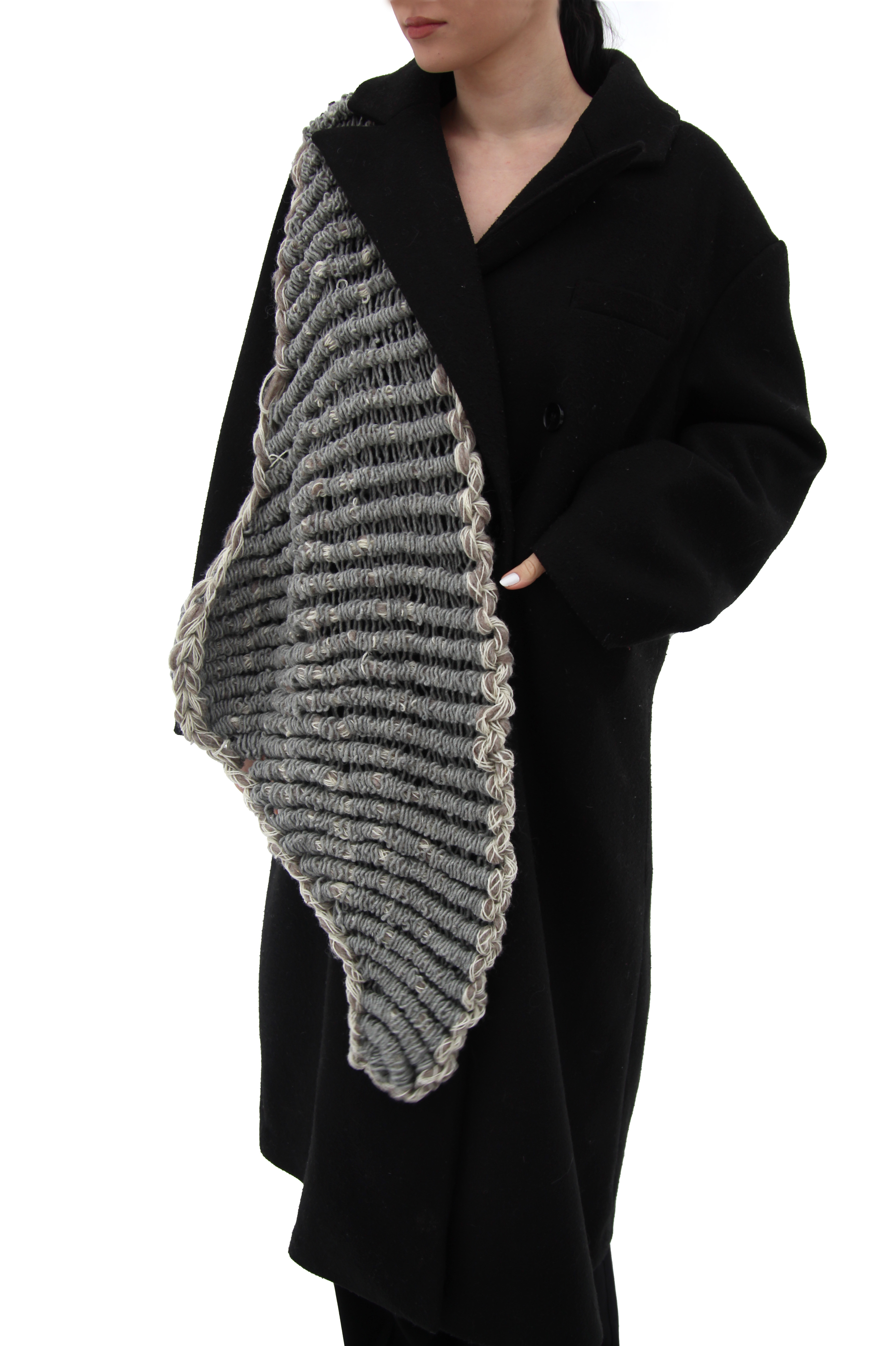
Figure 20: Meribell Kivimets (Pallas UAS, 2025)
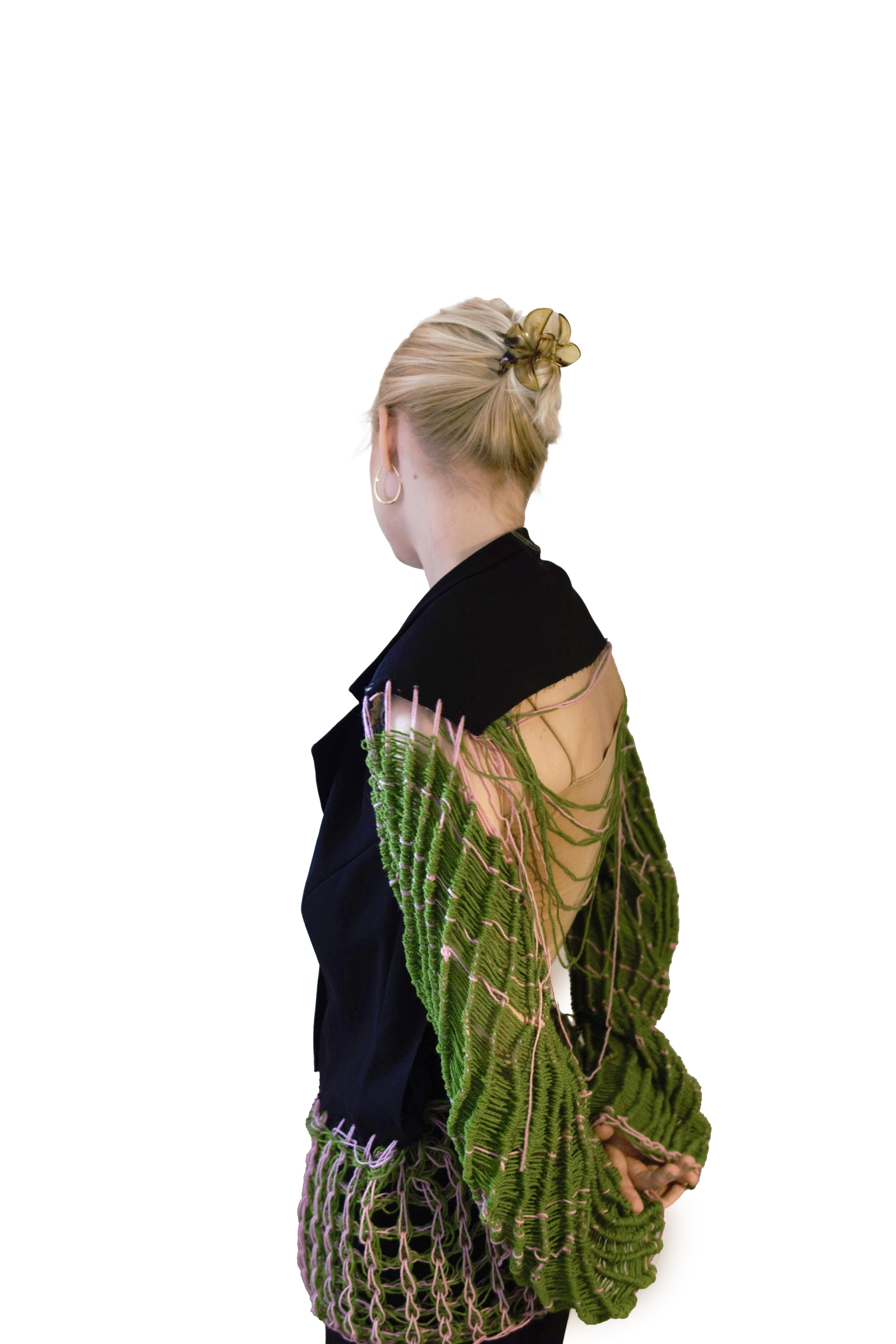
Figure 21: Helena Mai Posti (Pallas UAS, 2025)
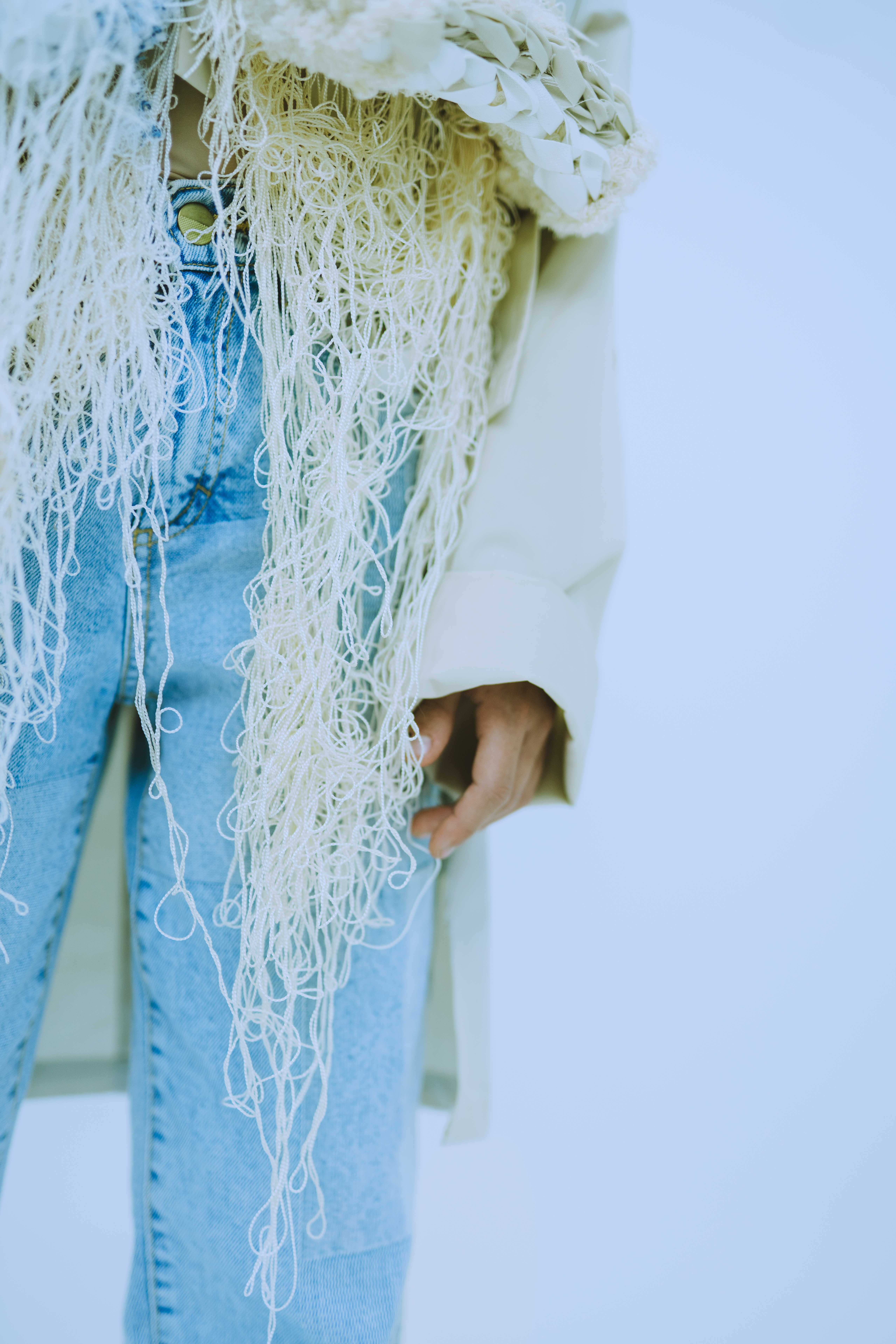
Figure 22: Kristiin Talviste (Pallas UAS, 2024) Photo: Lisette
Laanoja.
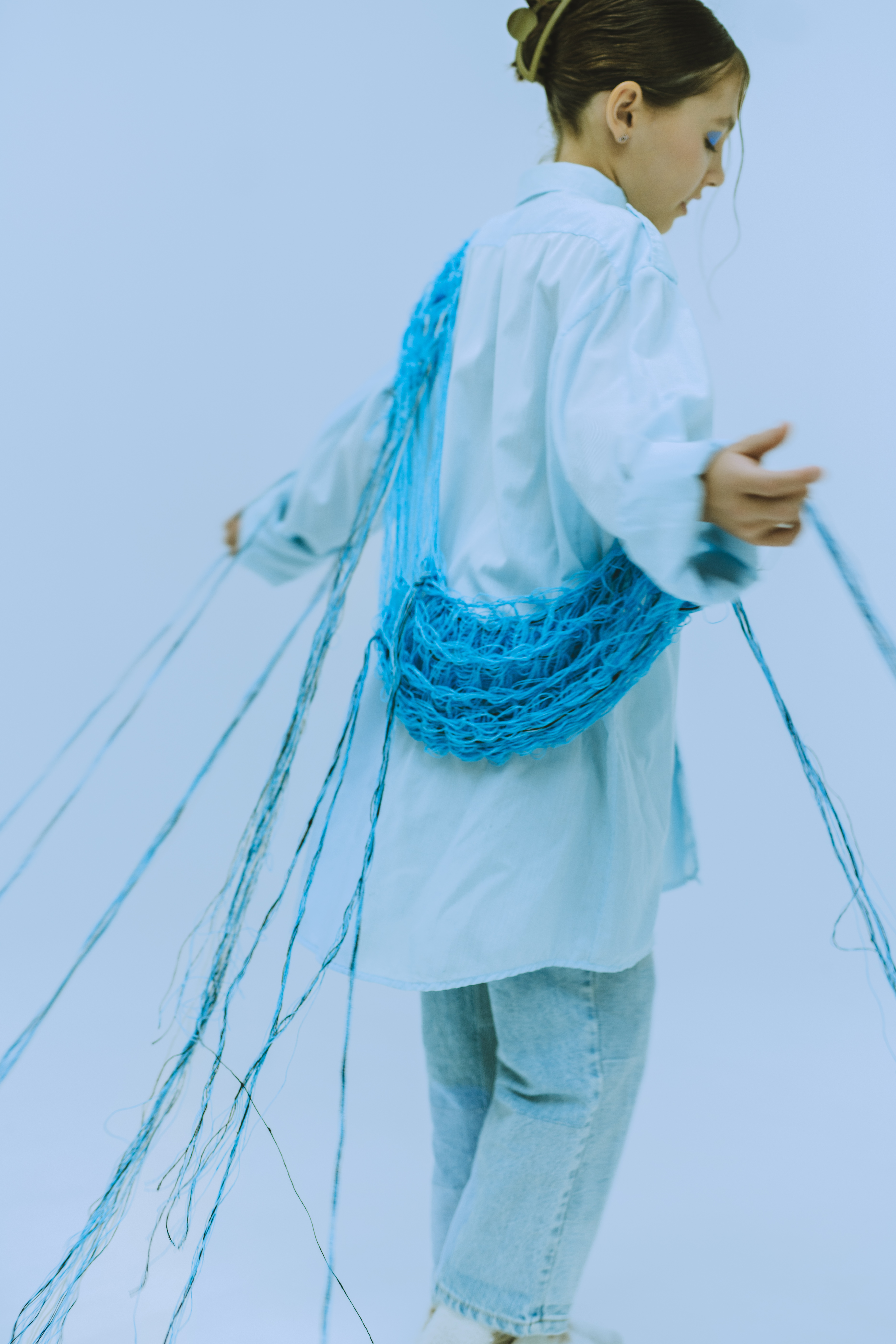
Figure 23: Marilyn Piirsalu (2024). Photo Lisette
Laanoja.
7. Artistic Practice: “Listed Souls” at the 9th Tallinn
Applied Art Triennial
In my own artistic work, I continue to explore the narrative and
conceptual dimensions of MultiWeave. For the 9th Tallinn Applied Art
Triennial, I created “Listed Souls” using paper yarn and a warp support
tool made from bamboo sticks and fluted polypropylene. The fragility and
lightness of the material stood in contrast to the structural clarity of
the MultiWeave grid, creating a work that reflects on order, identity,
and impermanence. (Figure 24)

Figure 24. Kadi Pajupuu. Listed Souls. (2024)
8. MultiWeave in the Landscape: “Growth and
Decay”
My installation “Growth and Decay,” presented in the 2024 exhibition
Between Borders, Between Materials at the Estonian Museum of Applied Art
and Design, used biodegradable materials and soil within a MultiWeave
structure made of linen felt. Waste wool was added into the cavities,
and seeds were planted directly into the form. Over time, the piece
transformed, becoming part of the landscape and continuing to change
throughout the exhibition period. The work speaks to cycles of
regeneration, decay, and the interface between textile and ecology.
(Figure 25, 26)
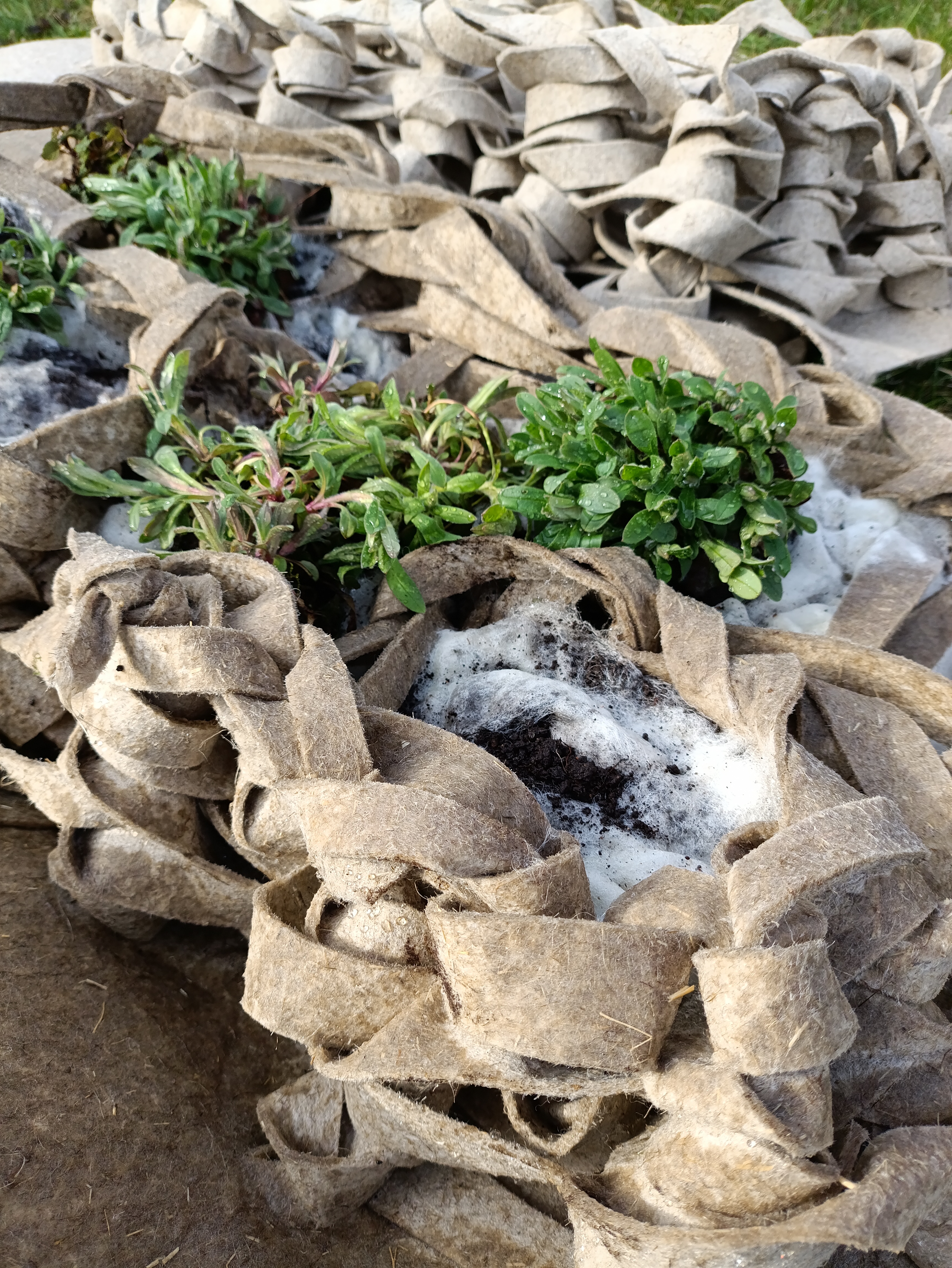
Figure 25. Module made from linen felt, filled with waste wool,
soil and plants. Kadi Pajupuu. Growth and Decay.(detail, 2025). Photo
Marilyn Piirsalu.
{%vimeo 1091893239%}
Figure 26: Growth and Decay. Part of the installation. Video
Marilyn Piirsalu.
Conclusion
The recent developments in MultiWeave confirm it as an adaptable,
open-ended weaving system that bridges algorithmic logic, ecological
thinking, artistic expression, and social collaboration. Whether used to
encode mathematical problems, repurpose discarded materials, or build
living environments, MultiWeave challenges conventional boundaries
between textile, sculpture, and architecture. Its DIY ethos and
modularity continue to inspire new forms, tools, and communities of
practice.
 Figure 1: Step-by-step creation of a warp loop field. (a) Vertical
support element; (a1) and (a2) indicate the upper and lower turning
points of the warp thread around the support; (b) shows the direction in
which the warp yarn is applied across the row. Drawing by Kadi
Pajupuu.
Figure 1: Step-by-step creation of a warp loop field. (a) Vertical
support element; (a1) and (a2) indicate the upper and lower turning
points of the warp thread around the support; (b) shows the direction in
which the warp yarn is applied across the row. Drawing by Kadi
Pajupuu. Figure 2: Diagram of weft path variations around and between warp
loops: (b) placement between warp rows; (c1) following the warp row
alignment; (c2) crossing rows; (c3) diagonal paths; (c4) zigzag
movement. The material’s thickness (d) is defined by the warp height and
number of weft layers. Weft positioning can also create vertical voids
or enclosed spaces within the structure. Drawing by Kadi
Pajupuu.
Figure 2: Diagram of weft path variations around and between warp
loops: (b) placement between warp rows; (c1) following the warp row
alignment; (c2) crossing rows; (c3) diagonal paths; (c4) zigzag
movement. The material’s thickness (d) is defined by the warp height and
number of weft layers. Weft positioning can also create vertical voids
or enclosed spaces within the structure. Drawing by Kadi
Pajupuu.



















